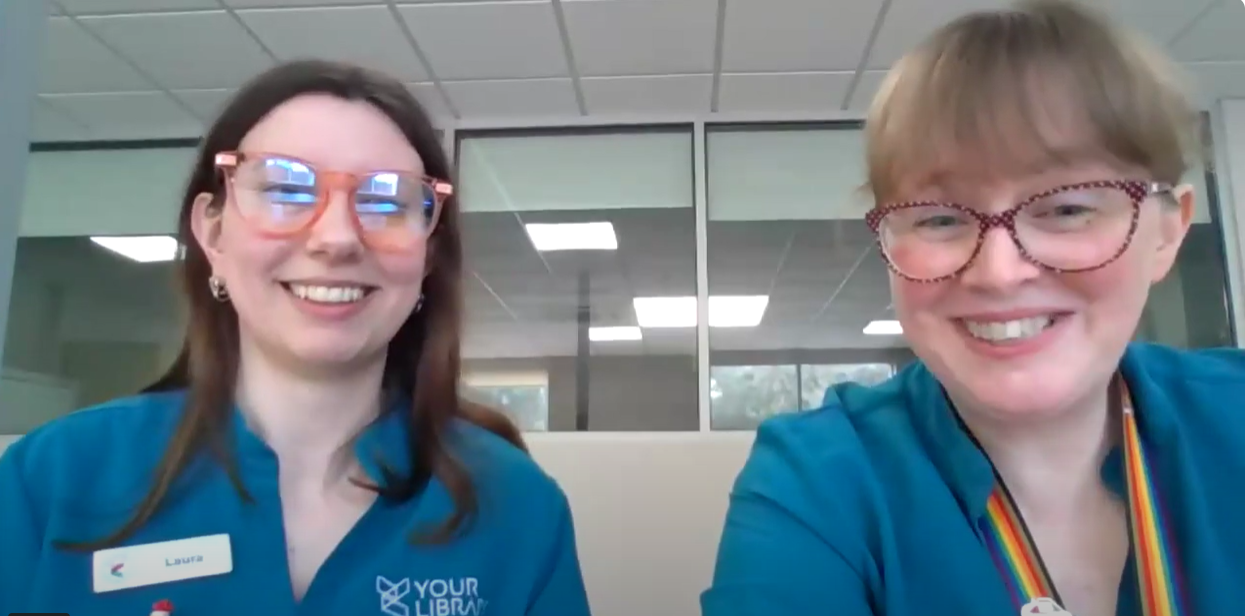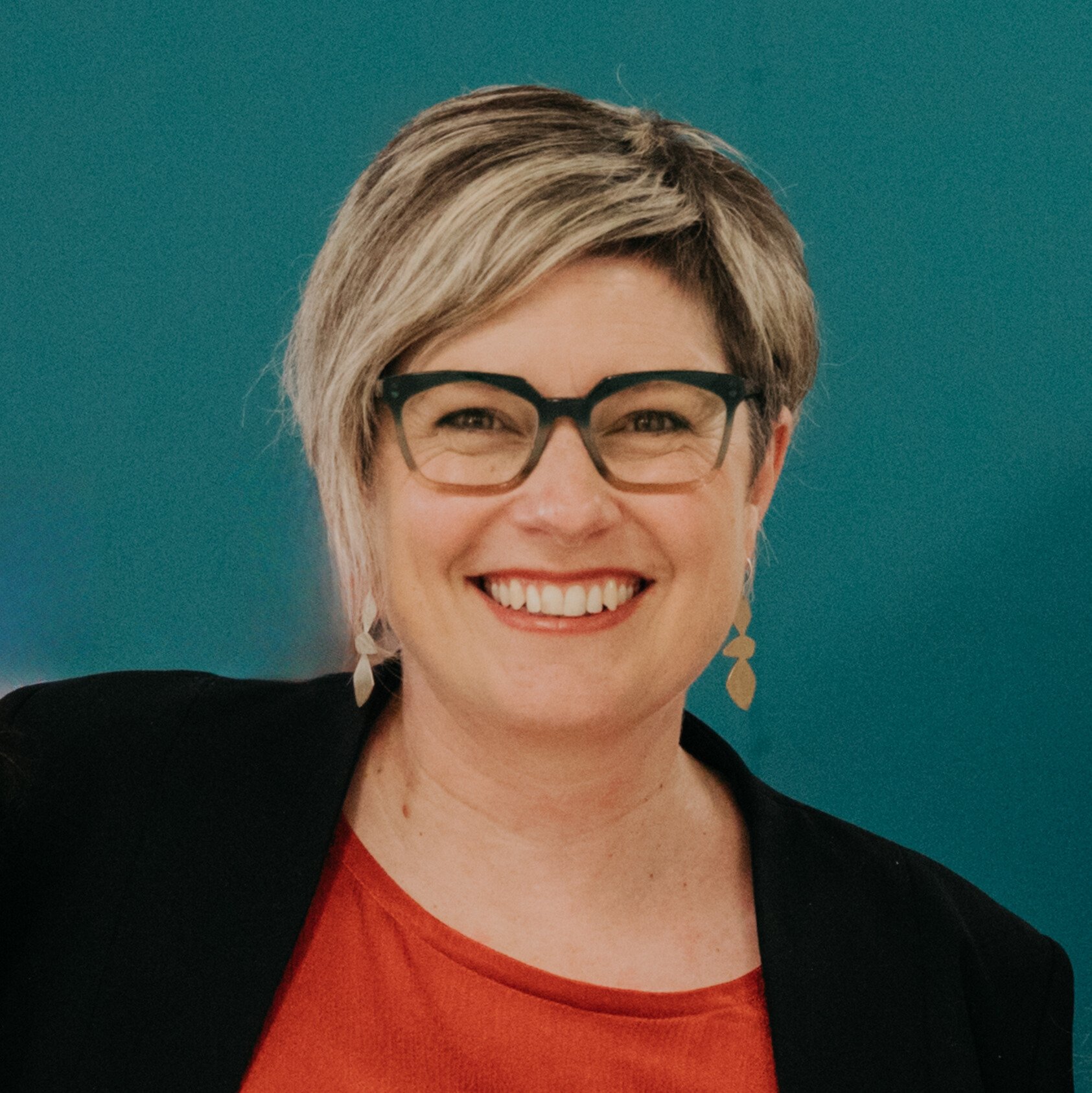
Top 10 Insights 2024
Digital Inclusion and Digital Divide
To close the digital divide actions are required which address affordability, accessibility and ability.
Australia has continued to tackle the digital divide this year with initiatives such as providing dedicated technology experts in Victorian libraries (below) and rolling out free Wi-Fi services in around 20 First Nations communities.
Such initiatives create new opportunities not only for employment but also for learning and daily life, ensuring everyone has a chance to be connected.
Yet stakeholders report a persistent digital divide, with one in four (23.6%) Australians still experiencing digital exclusion.
The divide stems from limited digital skills, limited access to digital infrastructure, and disparities in digital readiness and Generative AI adoption across industries and organisations.
The gap is especially wide among certain groups: people with disabilities, culturally diverse communities, low-income households, community workers, carers and residents of rural or remote areas. These groups need comprehensive digital skills programs.
Stakeholders also stress that digital literacy is essential for future education, highlighting the importance of equipping young people with digital skills and problem-solving abilities.
Transforming insights into Action
FSO has identified the need to uplift digital capability across the economy and we intend to develop training products that can be easily accessed to improve digital literacy. We also recognise that addressing the digital divide requires more than just enhancing digital skills. We will continue to improve our understanding of needs and gaps in this area. Download the conversation starter and have your say.
Submissions are open to the end of January.
Libraries across three Victorian municipalities are helping thousands of residents gain vital digital skills and become more confident and comfortable using technology.
The 'Your Library' network - a collaboration of 13 libraries across Knox, Maroondah, and Yarra Ranges - employ dedicated Technology Support Officers (TSOs) who offer 45-minute one-on-one tech sessions and group workshops.
Katie Gatward, the TSO at Healesville Library, says: “Libraries offer a safe space where people feel comfortable asking about technology - questions they often hesitate to ask at home, work or in public.”
Feedback reveals the profound impact of the TSOs: one elderly patron shared how a single lesson helped her reconnect with family overseas after years of struggling with technology.
Books and Bytes: A novel approach to closing the digital divide
“The estimated annual economic benefit of closing the digital divide for highly excluded Australians is $467M/year. This is a conservative estimation and we expect with more detailed research and available data, this number would increase.”
Jess Wilson, CEO, Good Things Australia. The organisation published a report in October titled “The economic benefits of overcoming digital exclusion.”
As people who are highly excluded learn how to access online government services, ~2.5M more people would likely use these services.
The top three economic benefits of closing Australia’s digital divide include:
use of telehealth services at $206M/year
volunteers at $71M/year
upskilling workers (from no skills to basic skills) of $65M/year








